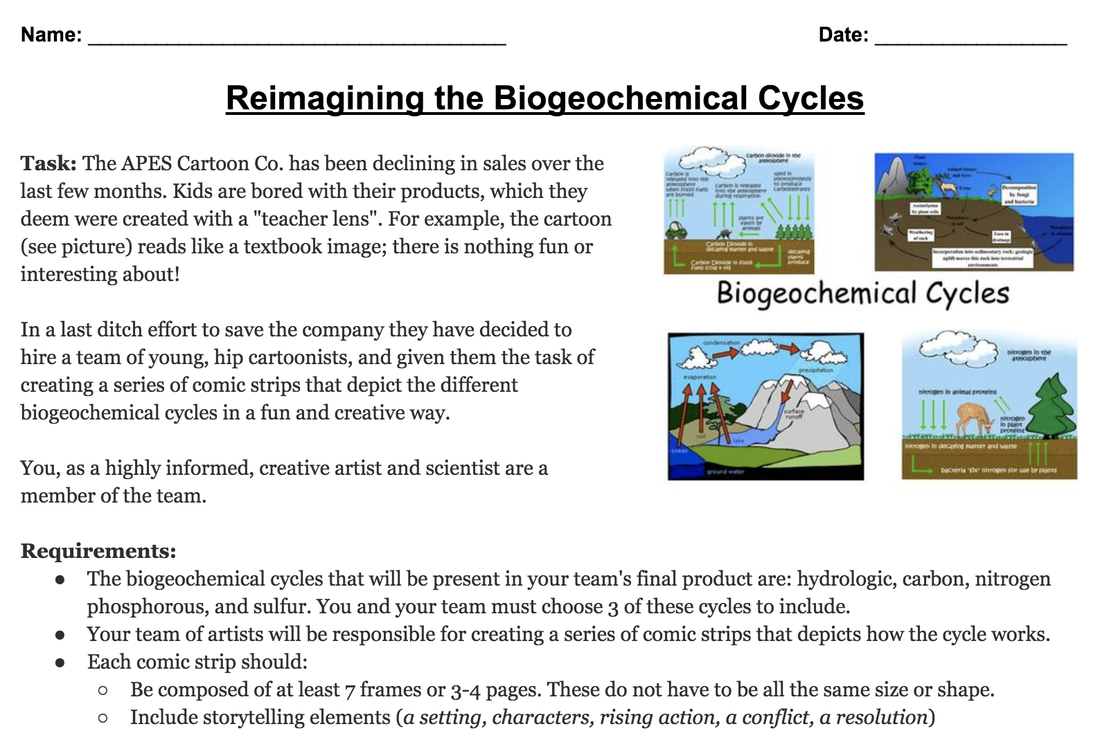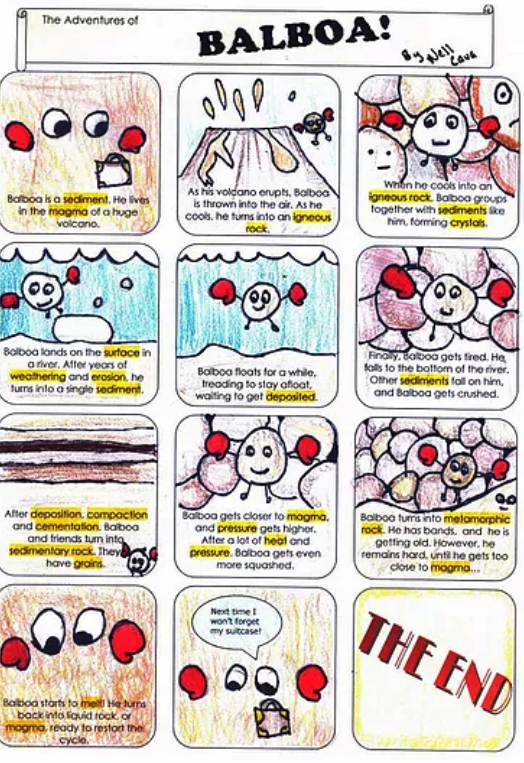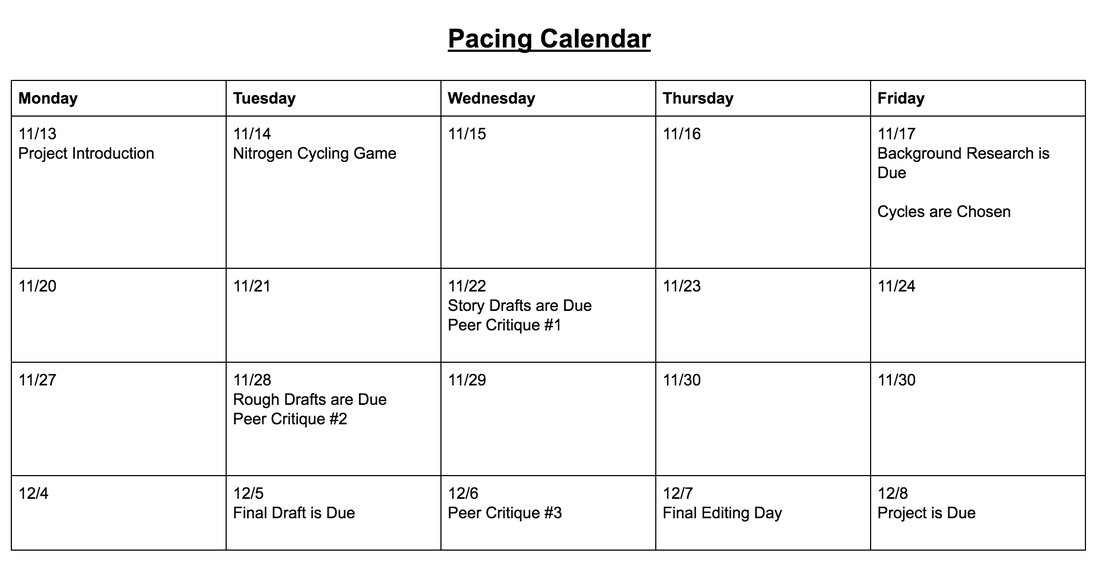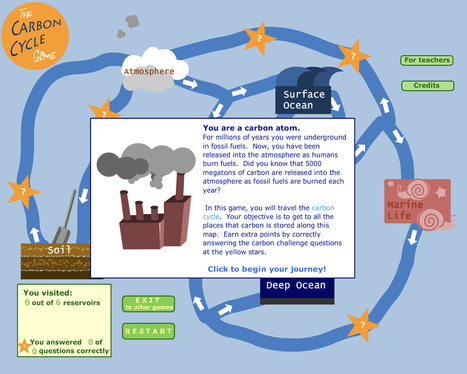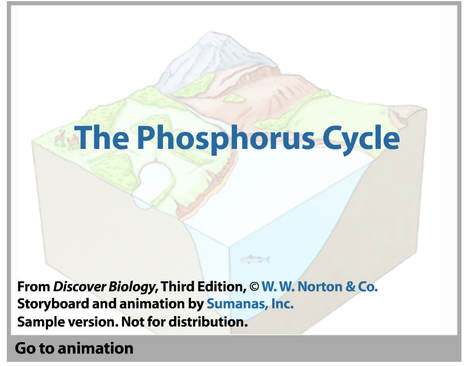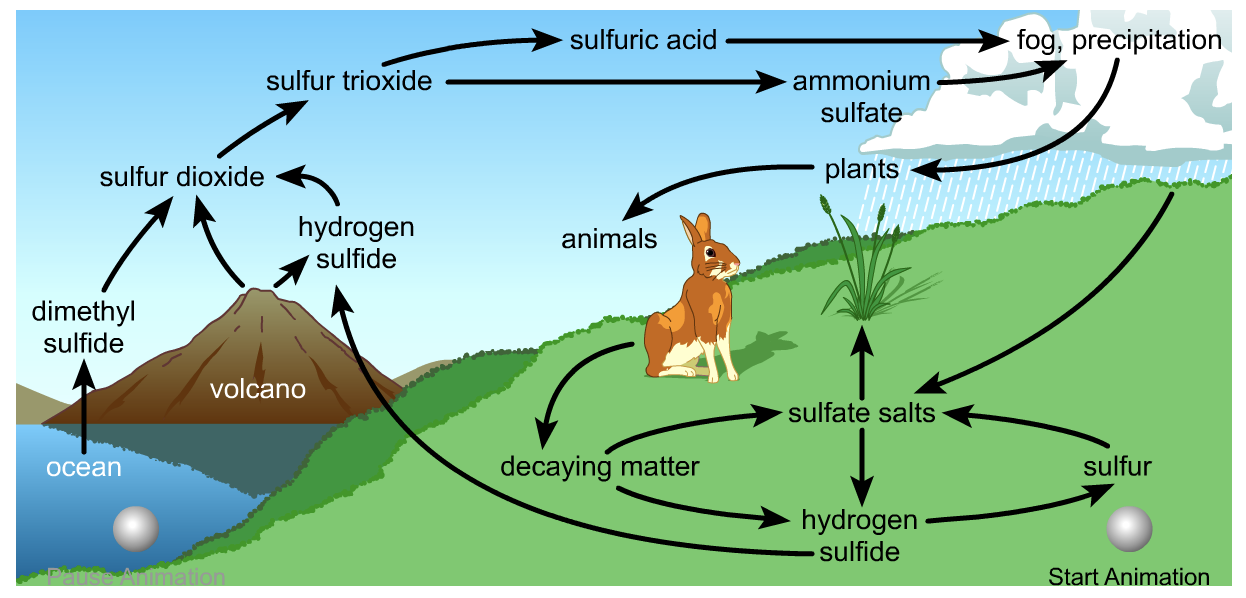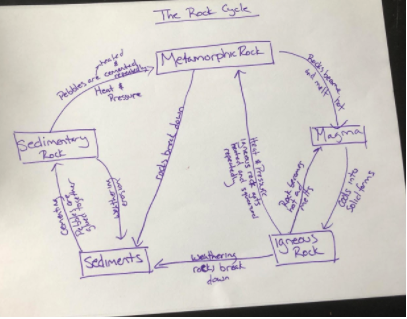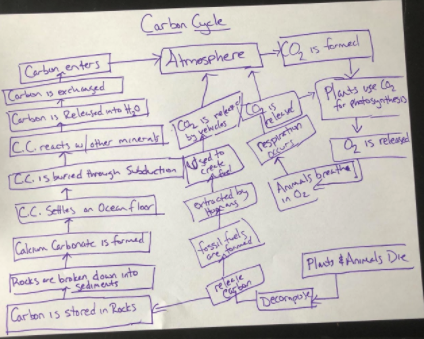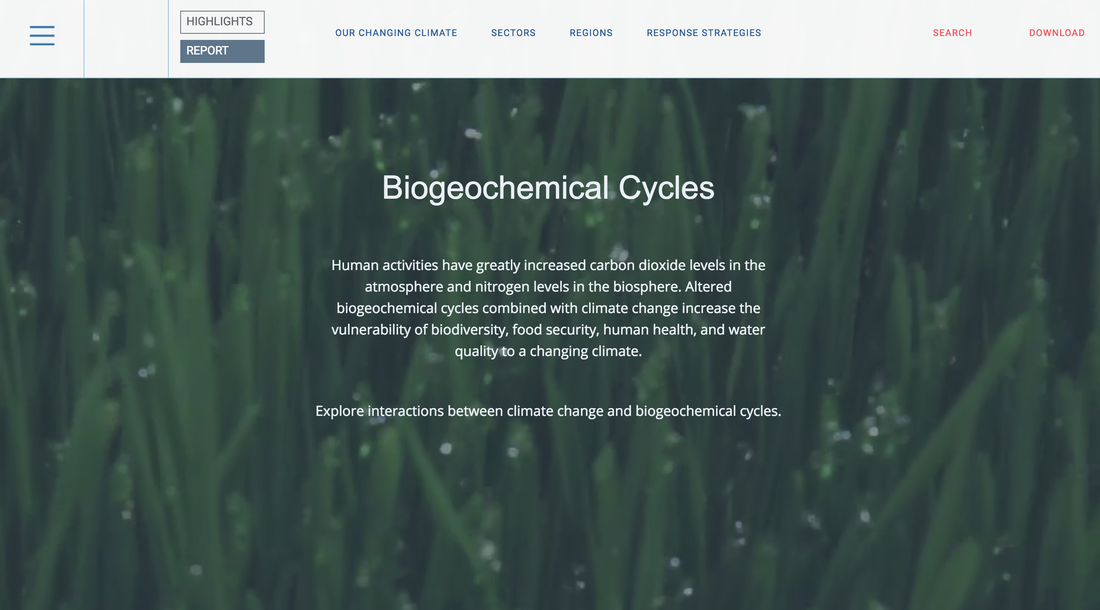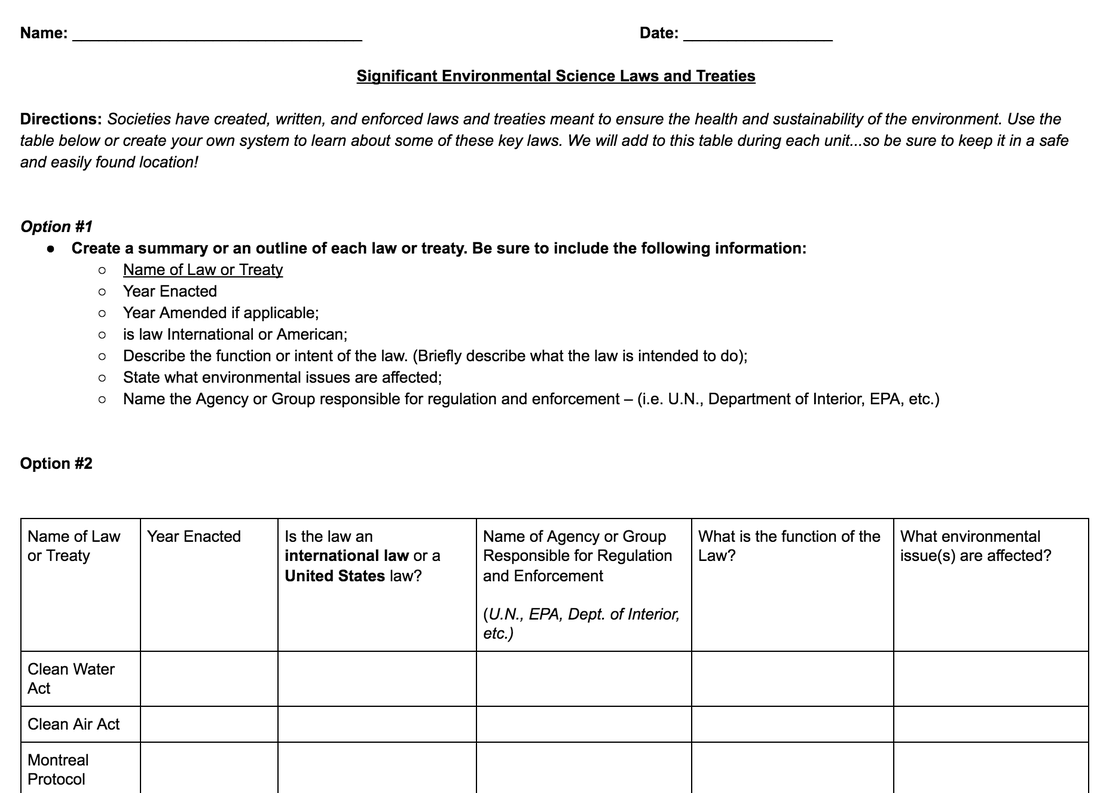Reimagining Earth's Cycles
Essential Questions
1) Why is matter recycled in the Earth’s spheres?
2) How does human interactions impact the relationships within Earth’s spheres and systems?
Unit Objectives:
1) Describe where water is stored and how water cycles within an ecosystem
2) Explain where carbon is stored and how carbon moves through an ecosystem
3) Explain where nitrogen is stored within the biosphere and how nitrogen flows through an ecosystem
4) Explain where sulfur is stored within the biosphere and how it moves through an ecosystem
5) Describe where phosphorus is stored within the biosphere and how it cycles through an ecosystem
6) Be able to explain how humans have altered the biogeochemical cycles and the impact of such changes
1) Why is matter recycled in the Earth’s spheres?
2) How does human interactions impact the relationships within Earth’s spheres and systems?
Unit Objectives:
1) Describe where water is stored and how water cycles within an ecosystem
2) Explain where carbon is stored and how carbon moves through an ecosystem
3) Explain where nitrogen is stored within the biosphere and how nitrogen flows through an ecosystem
4) Explain where sulfur is stored within the biosphere and how it moves through an ecosystem
5) Describe where phosphorus is stored within the biosphere and how it cycles through an ecosystem
6) Be able to explain how humans have altered the biogeochemical cycles and the impact of such changes
Project Overview
Task #1: Research
Use the following resources to complete the graphic organizer or create notes in your notebook.
Use the following resources to complete the graphic organizer or create notes in your notebook.
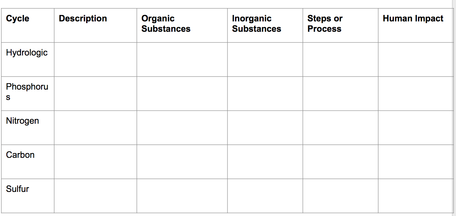
Overview of Biogeochemical Cycles
Hydrologic Cycle Resources
Carbon Cycle
Nitrogen Cycle
Phosphorous Cycle
Sulfur Cycle
Task #2: Diagramming Each Cycle
There are many pathways that a molecule can travel within each Biogeochemical Cycle. Create an outline or sequence of events drawing to show these pathways. This will be useful when developing your story.
There are many pathways that a molecule can travel within each Biogeochemical Cycle. Create an outline or sequence of events drawing to show these pathways. This will be useful when developing your story.
Task #3: Measuring Human Impact
Use the resource below to add to the Human Impact information in your research.
Use the resource below to add to the Human Impact information in your research.
Task #4: Establishing a Resolution
Any great story has a resolution to its conflict. As you begin thinking about the resolution to your story, it is helpful to learn and understand what our federal government and international governing bodies have already established to protect the environment. Use the resource below to begin researching.
Any great story has a resolution to its conflict. As you begin thinking about the resolution to your story, it is helpful to learn and understand what our federal government and international governing bodies have already established to protect the environment. Use the resource below to begin researching.
